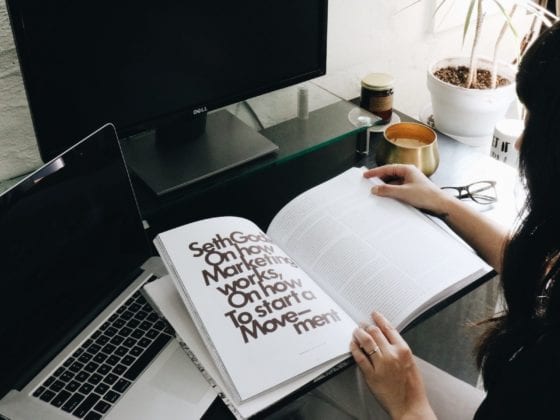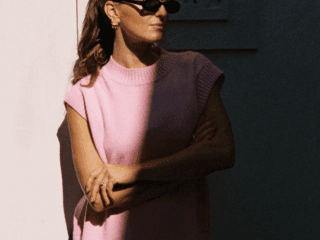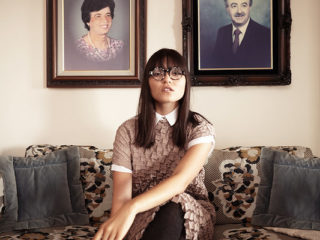When it comes to art of all kinds, creators must think outside the box — after all, that’s what art is all about, right?
But there are certain artists in a variety of fields who do more than just color outside of the lines (pun intended, of course). They go above and beyond to do unexpected things, setting themselves apart from creators in their same mediums. The risks they’ve taken have allowed them to flourish in unexpected, powerful ways.
Read on to learn about six innovative artists who took a major leap and landed up on top:
Margo Price, Country Singer

Margo Price grew up in Buffalo Prairie, Illinois, where she lived on a farm with her family. From a young age she was no stranger to loss. When she was just a toddler, the country experienced a farming crisis that caused both her extended and nuclear families to lose their property and, as a result, their livelihood. The impact and devastation this had on Margo’s family and upbringing was huge.
As a young adult Margo turned to music as an outlet, moving to Nashville to start a band with her husband, but hardship kept rearing its ugly head. She became a mother to twins but she quickly learned that her firstborn had a heart condition. Ezra had surgery right after he was born but did not survive. Understandably, this tragedy threw Margo into a whirlwind of depression that led to substance abuse. She finally hit rock bottom when she landed in jail for a weekend. Margo’s wake-up call led her to therapy, where she started to process her emotions and heal.
Music continued to be a powerful healing outlet and motivating force in Margo’s life, and she used her grief to fuel her writing process. She worked passionately on recording her debut album, Midwest Farmer’s Daughter. Label after label passed on the album. Margo continued pushing and striving in spite of feeling like a musical outsider. She had been in Nashville for nearly a decade with seemingly nothing to show for it. Everything changed when musician Jack White expressed interest in Margo and committed to recording her on his label, Third Man, in 2016. It was the first country album that Third Man recorded.
“A lot of people like mainstream country because they’re not given another option of country music to like that’s modern,” Margo told Rolling Stone in an interview with Patrick Doyle. “Much of the record is me giving the finger to the music business. I’m curious how I’ll be accepted in those circles now.”
Midwest Farmer’s Daughter debuted at number 10 on the Billboard Top Country Albums chart, which was a momentous occasion: It marked the first time in history when a solo female artist debuted within the top 10 without previously having any other tracks on the chart.
Roy Choi, Chef
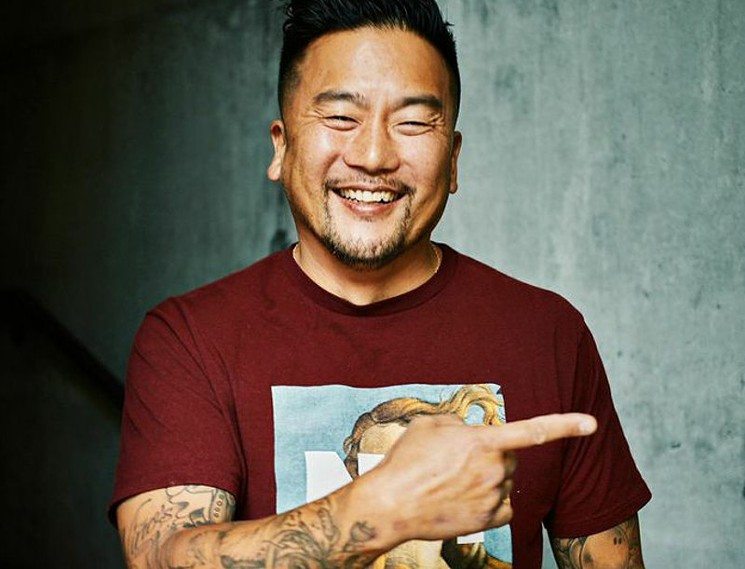
Roy Choi was born in Seoul, South Korea, but when he was just two years old his family moved to Los Angeles. His parents opened a Korean restaurant in Anaheim and from an early age Choi was inspired by his mother’s cooking ability.
“She had flavor in her fingertips,” he told Fresh Air’s Terry Gross, as reported by NPR. “She had this connection and this innate ability to capture flavor in the moment and people felt it. Because our lives were so based around food, when someone is good at food, everyone notices and it’s a big deal.”
Cooking, then, was in his blood. But it wasn’t until his mid-20s that he decided to pursue cooking as a career. After struggling in high school, Choi rediscovered his roots and his love for food while watching Emeril Lagasse’s “Essence of Emeril” show. Choi enrolled in the Culinary Institute of America, launching a trajectory of obtaining classical training and working in professional kitchens like Le Bernardin.
After years of cooking in the classical realm, including serving as the chef de cuisine at the Beverly Hilton, Choi chose to pursue a new route, focusing his efforts and skills on leading the charge for the food truck movement. It was 2008 and trendy food trucks were not yet a part of the L.A. restaurant scene. While food trucks had been utilized for years, primarily by manual laborers who needed a quick meal on the go, Choi wanted to flip the concept on its head by serving unique, delicious, quick bites to a whole new set of diners. After devising an ingenious menu that combined Korean flavors with L.A. favorites like tacos, the Kogi BBQ food truck was born.
In addition to being one of the pioneers of the food truck movement (an industry that is estimated to generate $2.7 billion in revenue in 2017), Choi championed the cause of using social media to promote his food truck, a concept that was new and unusual in 2008. He began posting the location of his truck on Twitter several times a day, alerting customers to where they could find the delicious Korean-fusion treats they had begun to crave. People acclimated to these tactics right away, using their social media feeds to hunt down the truck, share photos of their food, and, essentially, serve as free PR for Kogi BBQ.
Since he launched his first food truck, Choi has gone on to launch several wildly successful L.A.-based restaurants. He penned his memoir-meets-cookbook, called L.A. Son: My Life, My City, My Food in 2013, and he’s the recipient of numerous awards in the food industry.
Moira Demos & Laura Ricciardi, Filmmakers
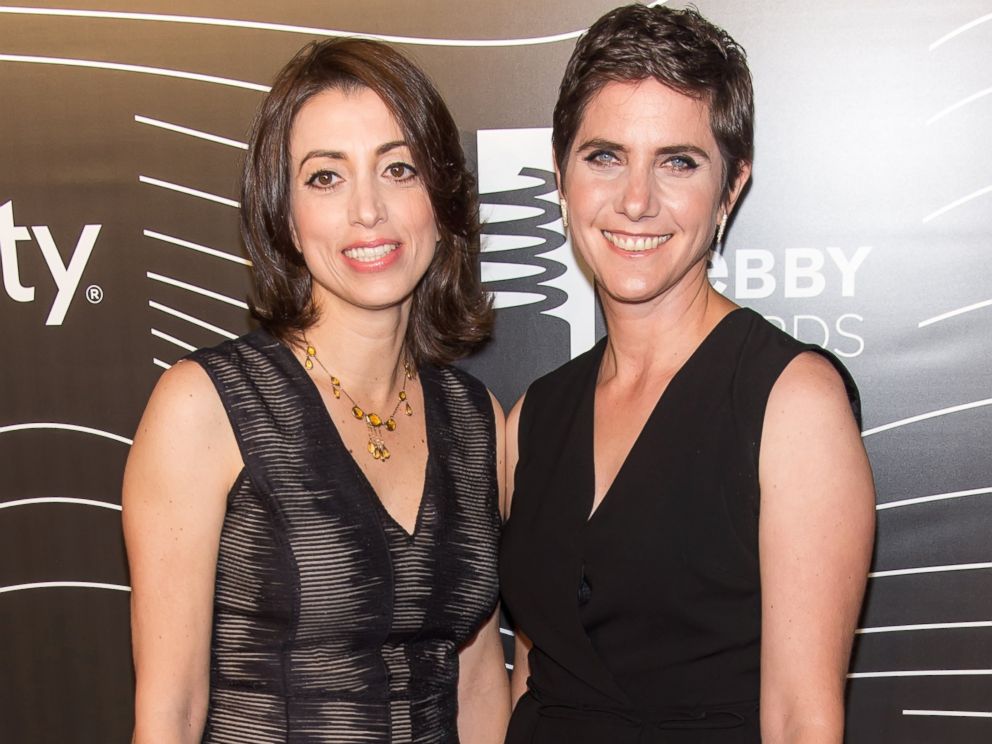
Moira Demos and Laura Ricciardi teamed up to produce the powerful and popular documentary Netflix series, Making a Murderer. It focused on a man named Steven Avery who was freed from prison 18 years after wrongly being charged with a crime he didn’t commit. Upon his release, his life began to spiral out of control and he is accused of yet another crime that he claimed he did not commit. The documentary follows his life and story as well as the lives and stories of his family members, neighbors, and lawyers. The documentary series has received critical acclaim, accruing 19 million views in the first 35 days its release back in 2016, according to AdWeek.
Contrary to what their smash-hit success might indicate, Demos and Ricciardi were merely graduate film students at the time they started the Murderer project. They moved to Wisconsin, where Steven Avery lived, and they resided there for almost two years, building relationships, covering the story and getting the inside scoop. But that was just the beginning for them. It took another eight years to finish producing the 10-part series before they finally witnessed the documentary come to fruition on Netflix.
But while there are mega-fans of the show, there are also serious critics (most notably Nancy Grace) who called Demos and Ricciardi “irresponsible” for portraying what they believe to be a very one-sided account of the story. According to a post by Nigel Smith, the filmmakers stood up for themselves and the documentary’s point of view in an event with the Television Critics Association in Pasadena, California.
“This is a documentary—we’re documentary filmmakers,” Ricciardi said, according to Smith’s post. “We’re not prosecutors, we’re not defense attorneys, we do not set out to convict or exonerate anyone. We set out to examine the criminal injustice system and how it’s functioning today. It would have been impossible for us to include every piece of evidence submitted to the court. So we took our cues from the prosecution, what they thought was the most compelling evidence. That’s what we included.”
Demos and Ricciardi committed wholly to their project and were proud of their result. Their drive and determination earned them the artistic success they rightfully deserved, and their dedication to their point of view set them apart in a profound way from other filmmakers who possibly would have caved from the pressure and backlash.
Pia Camil, Artist
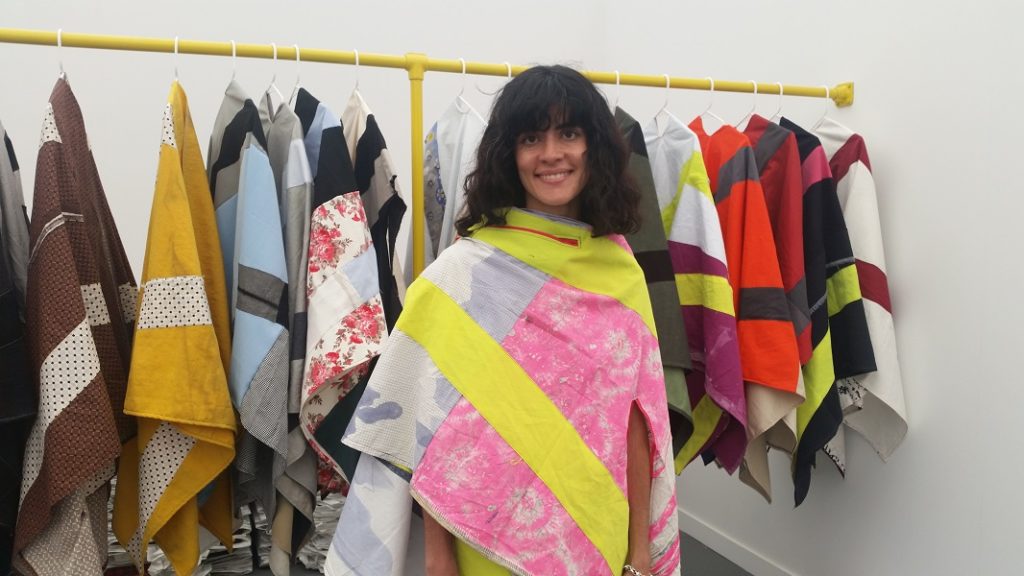
Pia Camil is a classically-trained performance and multimedia artist who received her BFA from the Rhode Island School of Design and an MFA from the Slade School of Fine Art in London. Many artists who take this route traditionally end up in equally classical exhibits, showcasing pieces with similar themes and concepts. But Camil wanted her art to engage with the public in a more raw, real, tangible way.
Based in Mexico City, much of Camil’s art is an expression of different facets of retail and advertising. Most recently, she launched an exhibit called Bara, Bara, Bara, which is short for the Spanish word barato, meaning cheap. The massive installation is created with t-shirts found at the street markets in her hometown, and the goal of the piece is to call attention to the quality (or lack thereof) of the products that are being sold in the local marketplace.
An article by Justine Ludwig in Paper City discusses the exhibit when it temporarily took up residency at the Dallas Contemporary (where this author viewed it in person): “Originally produced in Latin America, the shirts employed by Camil were first sold to retailers and organizations in the United States before illicitly landing in the bargain markets in Mexico. Camil furthers the shirts’ transit by bringing them back to the States—this time displaying them as art. In doing so, she brings attention to contemporary trade routes and the permeability of borders.”
Camil used her highly trained eye and specific aesthetic to make a clear statement about Mexico City, her hometown and beloved city. While many with her training and style might have opted to pursue a more traditional route, Camil used her voice and her art to share her views and opinions with the masses.
Barbara Lynch, Chef
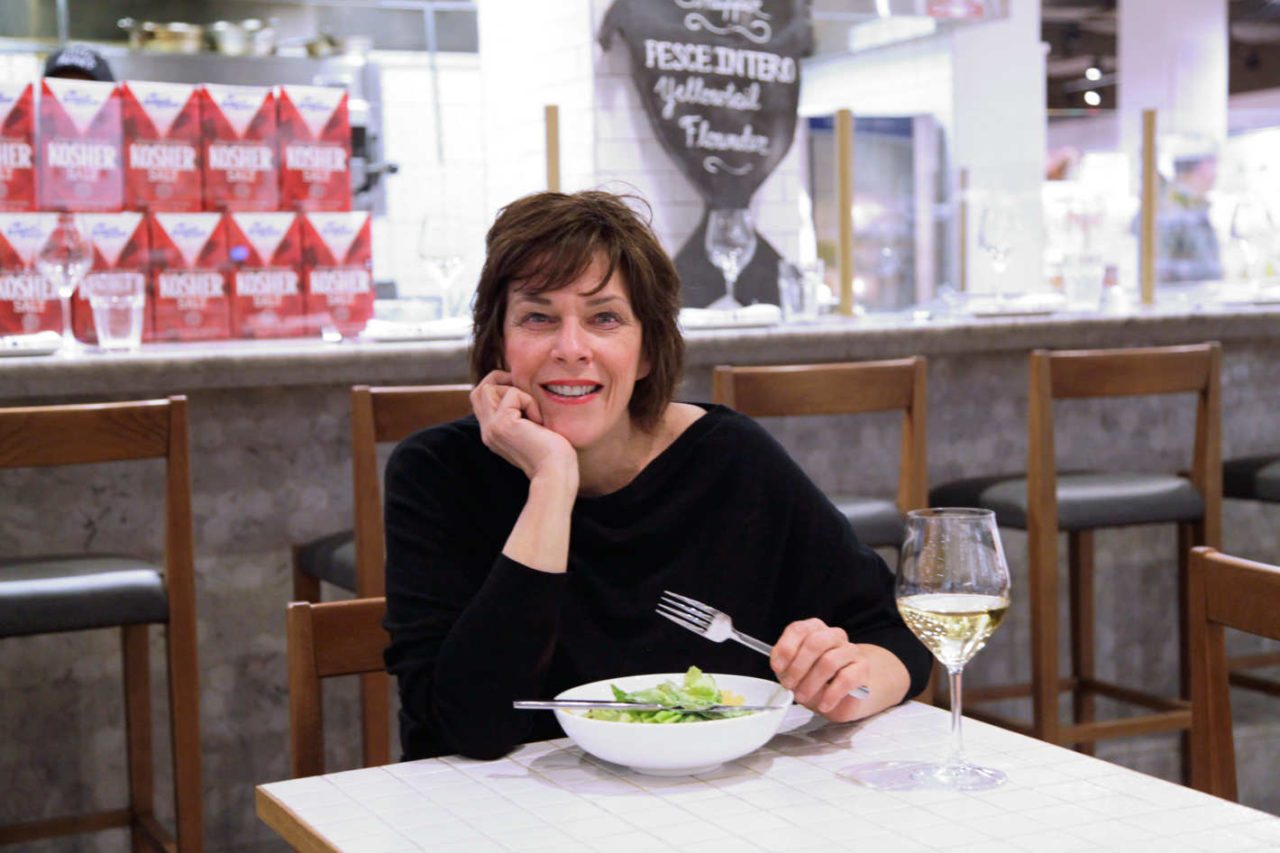
Barbara Lynch is a restaurateur and brilliant chef who is the second woman to receive the prestigious James Beard Foundation Award, an indication of her talent, work ethic and success. But Lynch didn’t take a traditional path to get to where she is today.
Lynch grew up in the tough neighborhood of South Boston; she and her siblings lost their father at a young age and their mother worked hard to provide for them, meaning she was often unavailable and her children were left to roam the rough streets. Lynch struggled in school but her interest in academia was piqued when she took a home economics class and learned the basics of cooking. Fueled by her newly acquired knowledge, Lynch dropped out of high school and began working in kitchens throughout the city.
After gaining skills and accolades after working with the likes of Todd English, Lynch left the States to tour Italy for the first time. Her senses were overwhelmed and her passion for food was ignited in a whole new way after witnessing the holistic, simple Italian way of cooking. (Remember, this was in the early 1990s, long before the modern farm-to-table movement was a familiar concept in restaurants.) Lynch was a pioneer who instilled the mindset of sourcing food locally and presenting it simply to diners, and after some initial pushback, her method took off.
Her ideas, coupled with her delicious food, convinced diners, restaurateurs and critics alike that simple food is the best food. Lynch’s business group, which includes seven popular restaurants, now employs 220 people and grosses $20 million annually. Her memoir, Out Of Line: A Life Playing with Fire, was released in April 2017.
Uzo Aduba, Actress
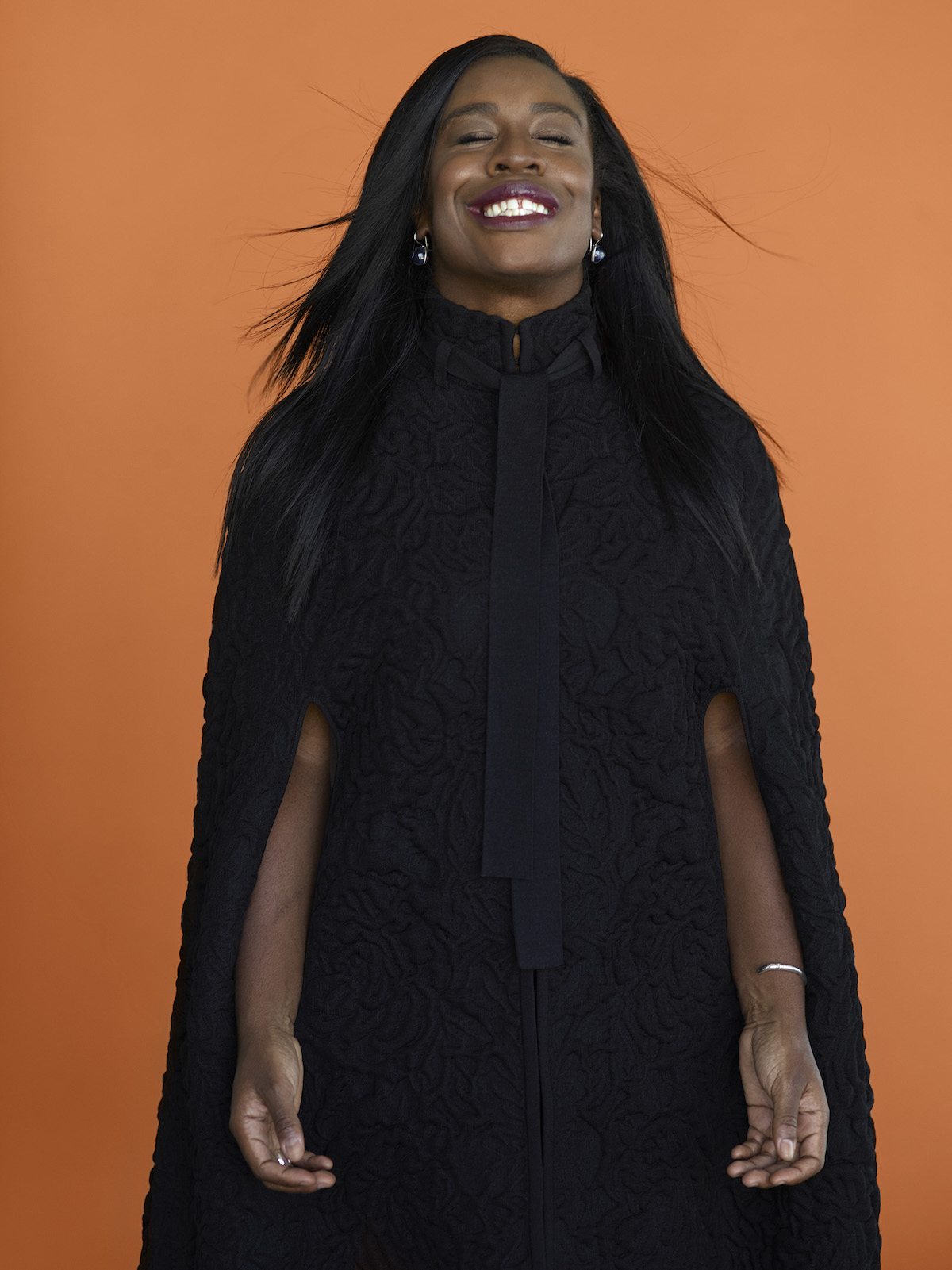
Uzo Aduba is best known for her show-stopping portrayal of Crazy Eyes in Netflix’s hit series Orange Is the New Black, but she never intended to audition for the role in the first place.
Uzo grew up in Massachusetts, the child of immigrant parents from Nigeria. She attended Boston University to study classical voice and when she wasn’t in class, she was competing in collegiate track meets. Uzo grew up in a family that loved and revered sports, and while she loved participating in track and field, her passion for music and theater continued to grow. Finally, acting eclipsed athletics and, upon graduation, Uzo began auditioning for roles in the theater.
In 2003, fresh out of college, she earned a Helen Hayes Award nomination for Outstanding Supporting Actress in a Play for her performance in Translations of Xhosa. By 2007 she had made her Broadway debut and she scored her first television appearance in 2012 in Blue Bloods. She attended audition after audition. From the outside looking in, Uzo’s career seemed to be flourishing. But mere minutes before learning that she’d been cast in OITNB, Uzo had given up on acting altogether, already plotting her new career as a lawyer.
“I’d been auditioning for film and television that summer,” Uzo told Antonia Blyth in a piece on deadline.com. “I was doing Godspell, here in New York, and my manager told me, ‘You ever done pilot season before? I think you should give it a try.’ So I did, then all I was hearing was no, no, no, and I was watching my bank account and I was trying to figure out, what am I going to do? Even the theater jobs before that were few. I wasn’t seeing a lot of myself, or people like me, in theater or television at that time.”
But everything changed when Uzo learned that she’d been cast in OITNB — though not in the role she had auditioned for, which was track star Janae (played by Vicky Jeudy). She was surprised to hear that the casting director wanted her for the part of quirky Suzanne, more commonly known as Crazy Eyes. While many in her same position might have turned down the role of a seemingly nominal, goofy-yet-borderline-scary character, Uzo embraced her good fortune and dove in to the role wholeheartedly.
Uzo’s passion and newfound adoration for this character, coupled with her powerful acting, eventually earned her an Emmy award for her portrayal of Crazy Eyes — and the affection of fans all over the world.
Whose story most resonates with you in this list?
Feature Image via Beth Cath



